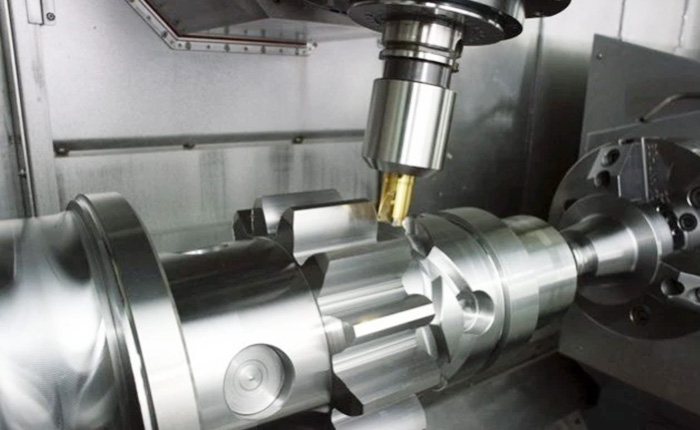nov. . 13, 2024 11:56 Back to list
different types of ball valves
Different Types of Ball Valves An Overview
Ball valves are a fundamental component in various industrial applications, utilized primarily for controlling fluid flow. Their robust design, reliability, and efficiency make them an ideal choice for many systems. While there are several types of valves, ball valves stand out because of their spherical disc mechanism that enables quick shut-off and smooth operation. In this article, we will explore the different types of ball valves, their features, advantages, and applications.
1. Two-Piece Ball Valve
As the name suggests, a two-piece ball valve consists of two main components the body and the end caps. This design allows for easy maintenance, as any repairs can be carried out by removing just the end caps. Two-piece ball valves are available in various materials, including stainless steel, brass, and plastic, making them versatile for many applications. They are commonly used in oil and gas, water treatment, and chemical processing sectors.
2. Three-Piece Ball Valve
The three-piece ball valve features a three-part body construction. It typically includes the main body and two end caps, providing enhanced accessibility for maintenance and inspection. This design makes it particularly robust and allows for easy replacement of the valve seat or ball without removing the entire valve from the pipeline. The three-piece ball valve is widely used in high-pressure applications and industries where reliability is paramount.
Full port ball valves, also known as full-bore valves, have a ball with a hole that matches the pipe diameter. This design ensures minimal pressure loss and allows for smooth flow, making them ideal for applications requiring high flow rates. Full port ball valves are often utilized in plumbing, heating, and cooling systems, as well as in industrial processes where uninterrupted flow is crucial.
4. Reduced Port Ball Valve
different types of ball valves

In contrast, reduced port ball valves have a ball with a hole smaller than the pipe diameter. This design results in lower fluid flow and increased pressure drop when compared to full port ball valves. While they may not be the best choice for high-flow applications, reduced port valves can be advantageous in scenarios where space and weight savings are essential. They are frequently used in low-pressure systems in various industries.
5. Floating Ball Valve
Floating ball valves utilize a ball that floats between two seat rings within the valve body. When the valve is closed, the pressure of the fluid pushes the ball against the seat, creating a tight seal. This design is simple and effective, making floating ball valves suitable for a wide range of applications, including liquid service and low-pressure gas applications. They are easy to maintain and are often preferred for general service applications.
6. Trunnion Mounted Ball Valve
Unlike floating ball valves, trunnion mounted ball valves are designed with a fixed ball supported by trunnions (pins) at the top and bottom. This design allows for larger sizes and higher-pressure ratings, making trunnion mounted valves ideal for heavy-duty applications such as in oil and gas pipelines and large industrial systems. They feature a quarter-turn operation, similar to other ball valves, ensuring easy operation.
7. Cryogenic Ball Valve
Cryogenic ball valves are specifically designed to handle extremely low temperatures. Crafted from materials that can withstand cryogenic temperatures (such as stainless steel or special alloys), these valves are essential in industries involving liquefied gases like LNG (liquefied natural gas) and liquid nitrogen. Their unique design ensures a reliable seal even in challenging temperature conditions.
Conclusion
In summary, ball valves offer a wide variety of designs and functionalities to cater to different industrial applications. Understanding the types of ball valves—such as two-piece, three-piece, full port, reduced port, floating, trunnion mounted, and cryogenic ball valves—is crucial for engineers and operators to select the right valve for their specific needs. Choosing the correct ball valve can significantly impact the efficiency, safety, and cost-effectiveness of any fluid handling system. Consequently, a strategic approach to valve selection is imperative to ensure optimal performance in a range of demanding environments.
-
Why Metric Trapezoidal Thread is Ideal for Precision Motion ControlNewsAug.05,2025
-
The Unique Properties of a Block of Granite for Industrial UseNewsAug.05,2025
-
The Role of Flanged Y Strainers in Preventing Pipeline ClogsNewsAug.05,2025
-
The Importance of Regular Calibration for Master Ring GagesNewsAug.05,2025
-
How a Cast Iron Surface Table Enhances Accuracy in ManufacturingNewsAug.05,2025
-
Comparing Different Check Valve Types for Optimal Flow ControlNewsAug.05,2025
Related PRODUCTS









